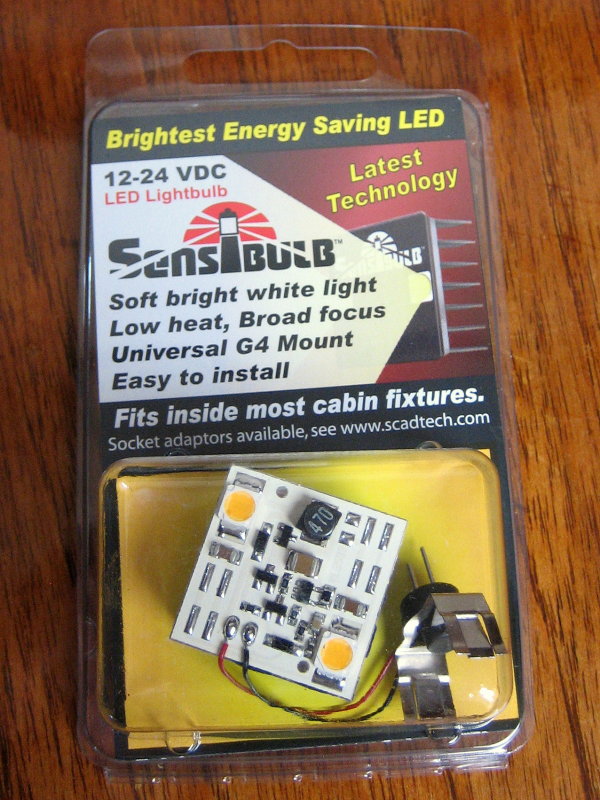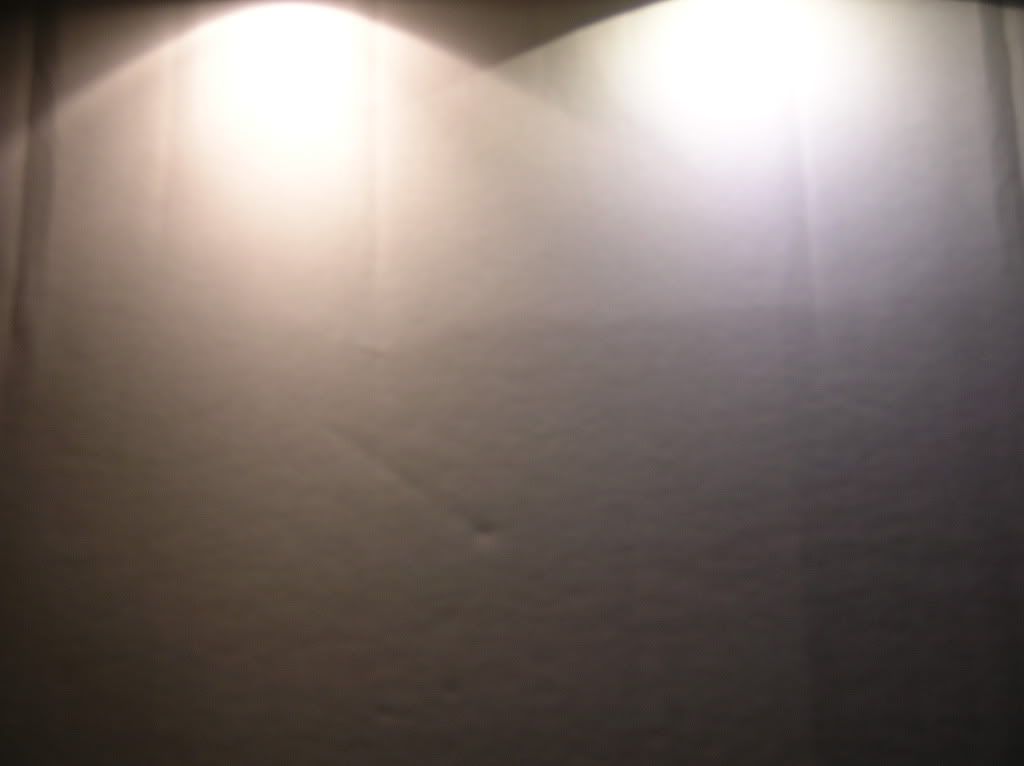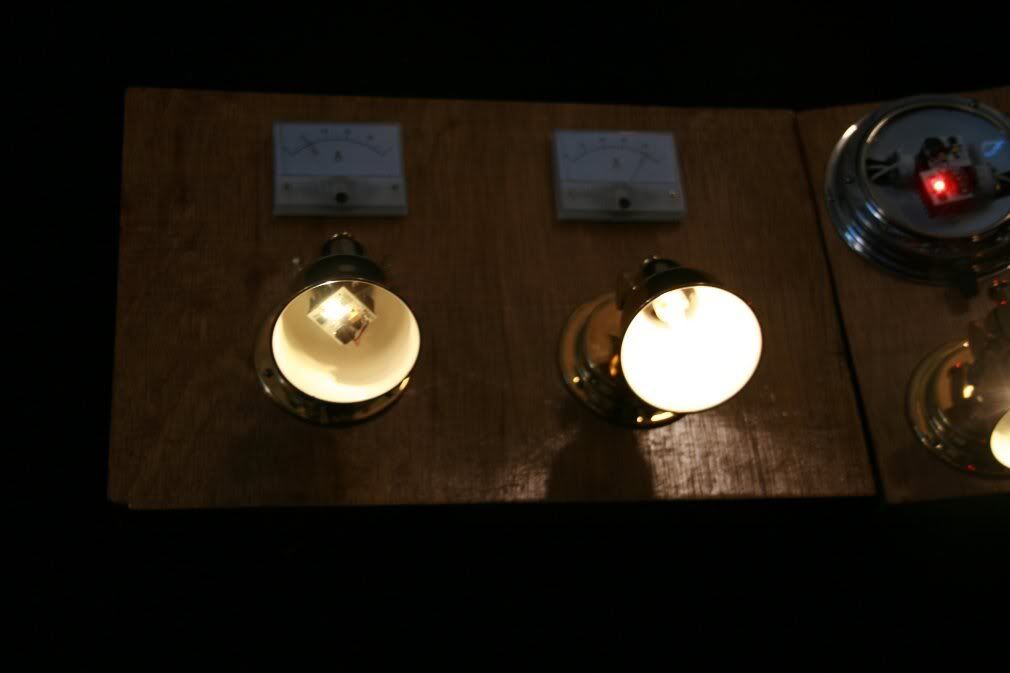Hi All,
I have long been an advocate of their products. THey produce a good (albeit very expensive) bulb that has been hard to tell it was a LED. However, I recently purchased two more Sensibulbs and have to tell you that thehy have changed their manufacturing. The new bulbs give off a blue light versus the very pleasant warm, yellow light that they were known for. This blue light reminds me of a flourescent and will come is very sharp contrast to other Halogens or the older Sensibulbs.
I contacted Sensibulb and they did indeed tell me that they have changed their manufacturing. There were a number of reasons for it, but the bottom line is that I do not believe we will be seeing the old bulbs any more.
You will be able to tell the old from new by a simple glance at them in the package. The old LED's will have two 'yellow' looking LED's versus the new ones which have a single 'yellow' LED. There really isn't much else to tell from the package that will seperate them. But once you plug them in, you will probably be able to tell a significant difference, especially when placed beside Halogens or older Sensibulbs.
Basically, anyone considering a purchase of this product, shoudl be aware of the changes as they will no longer match your other lights. And if you decide to replace all of the LED's, they will put out a 'blue' hue which is very undesirable to me (others may be fine with it). But given the extraordinary cost of these (nearly $40/piece if not more), I would certainly entertain looking at the many other LED manufacturers as there no longer appears to be any difference between them... or just stay with your old Halogens until a suitable warm LED comes back on the market.
Brian
PS I wiill try and shoot some pics this evening to illustrate the difference... it is just daylight now so I cannot do it.
I have long been an advocate of their products. THey produce a good (albeit very expensive) bulb that has been hard to tell it was a LED. However, I recently purchased two more Sensibulbs and have to tell you that thehy have changed their manufacturing. The new bulbs give off a blue light versus the very pleasant warm, yellow light that they were known for. This blue light reminds me of a flourescent and will come is very sharp contrast to other Halogens or the older Sensibulbs.
I contacted Sensibulb and they did indeed tell me that they have changed their manufacturing. There were a number of reasons for it, but the bottom line is that I do not believe we will be seeing the old bulbs any more.
You will be able to tell the old from new by a simple glance at them in the package. The old LED's will have two 'yellow' looking LED's versus the new ones which have a single 'yellow' LED. There really isn't much else to tell from the package that will seperate them. But once you plug them in, you will probably be able to tell a significant difference, especially when placed beside Halogens or older Sensibulbs.
Basically, anyone considering a purchase of this product, shoudl be aware of the changes as they will no longer match your other lights. And if you decide to replace all of the LED's, they will put out a 'blue' hue which is very undesirable to me (others may be fine with it). But given the extraordinary cost of these (nearly $40/piece if not more), I would certainly entertain looking at the many other LED manufacturers as there no longer appears to be any difference between them... or just stay with your old Halogens until a suitable warm LED comes back on the market.
Brian
PS I wiill try and shoot some pics this evening to illustrate the difference... it is just daylight now so I cannot do it.











